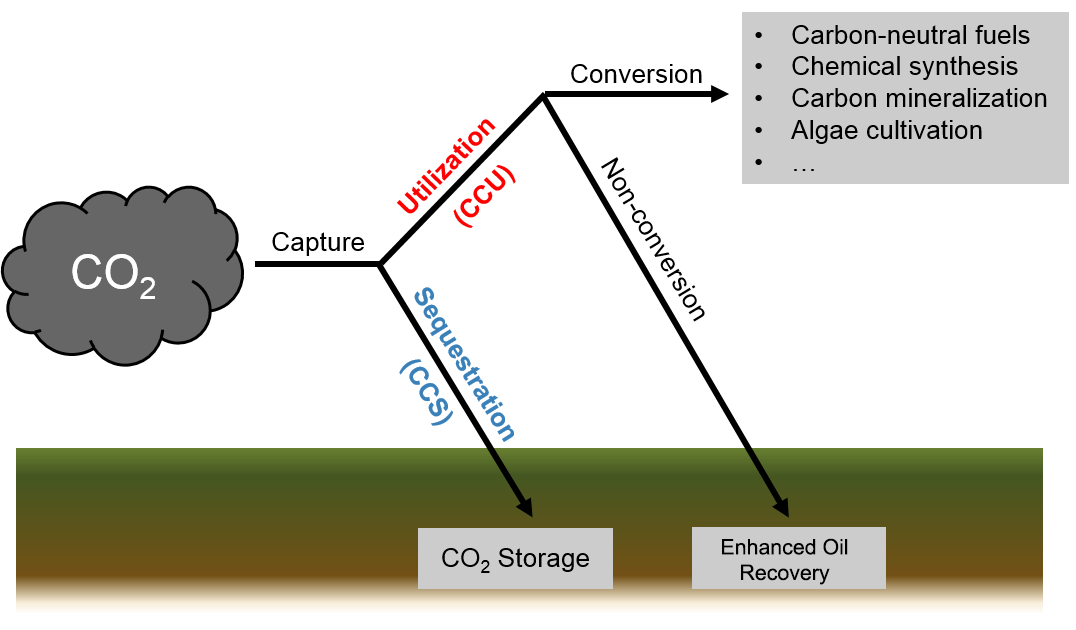
Solar farms boosting green energy – and helping wildlife
A national survey of wildlife on solar farms has produced surprising results – this green technology is home to many declining species.
“These findings are a real encouragement,” said Midlands energy expert Ron Fox, “in that these panels are not only helping to cut carbon emissions but also to boost biodiversity.
The success stories include:
- Linnets, a bird on the UK’s red list of conservation concern, which were found across more than half of the 37 solar farms in the initial survey by Solar Energy together with Lancaster University and consultancies Clarkson & Woods and Wychwood Biodiversity.
Numbers of the small finch species, known for its beautiful song, have fallen dramatically since the 1960s, which is thought to be linked to the intensification of agriculture. - Yellowhammers and skylarks, which have the same status, were also found on around half of the sites reported in Solar Energy UK’s Solar Habitat: Ecological trends on solar farms in the UK.
- Grey wagtails, whitethroats, wrens and willow warblers, all on the British Trust for Ornithology amber list, were also among the birds noted by the ecologists last year.
- Skylarks were heard singing above the panels on half of the sites – an indicator of breeding activity nearby.
- The most encountered mammals were brown hares, on a quarter of the sites surveyed.
- The small heath butterfly, a declining species of great importance under the Natural Environment and Rural Communities Act 2006, was found on nine locations while the cinnabar moth, another species of conservation concern, was recorded at seven places.
Researchers said the wildlife was helped because around half of the solar farms surveyed were managed with conservation specifically in mind. There was limited grazing at only certain times of the year and reduced use of herbicides.
Although no nests were found on solar farms experts are hopeful that nearby grassland may be used by breeding birds and that pollinating insects will boost nearby agriculture.
“It shows that these places can be wildlife havens,” said Ron, of Noreus Ltd on the University of Keele Science Innovation Park, “and hopefully these findings will encourage the industry to do more about biodiversity.”
But he added: “For those homeowners who want to help cut carbon emissions and to boost biodiversity I would encourage them to switch to solar panels.
“We now offer a multi-purpose solar aerovoltaic panel which provides electricity, hot water and filters the air in your home for greener and healthier surroundings.
“And our solar PV panels can make you money with attractive green energy incentives backed by the Government.”
If you want any advice on solar panels and green energy solutions for your home, contact Ron at www.noreus.co.uk or call 0845 474 6641.
Caption: Shining example – solar farms are not only helping to cut carbon emissions but also to boost biodiversity.




